Pools that are unattended, without chemicals, circulation and cleaning, don’t last long. Within weeks, they become green, and within months, they become home to frogs and mosquitoes. If left for too long, pool surfaces begin to deteriorate. So how do you handle opening a neglected pool?
We’re glad you asked! Today we’ll discuss the best practices for opening and taking care of a neglected pool.
To Drain or Not to Drain?

For gunite pools, the decision may be easier. The pool probably should be drained and acid washed, for best results. For vinyl and fiberglass pools, draining the pool completely has an element of risk. Vinyl liners can relax with the water removed, and if the liner is old, it may shrink and snap when drained. Fiberglass pools are relatively lightweight, and water removal can cause the shell to pop out of the ground, or shift slightly.
Restoring neglected poor water can be a long process, with possibly hundreds of dollars spent on pool chemicals before any headway is gained. And even though it eventually clears, it will contain the dead organic matter and the cellular memory of the swamp it once was, making it more difficult to avoid future algae problems.
Another reason for draining the pool is to remove stains. Acid washing restores the finish by stripping away a tiny layer of plaster, exposing the fresh plaster underneath. You may also decide to drain the pool to also make repairs to the plaster or fiberglass, or to replace the pool liner.
Drain the Pool

For pools that are very neglected and with lots of debris, a trash pump would be the best choice. This can be rented for the day, along with a suction and discharge hose, and will drain a pool in under an hour. It can also suck up leaves, twigs, and solids the size of a golf ball, which means no dredging that muck out of the pool!
If the pool is fairly clean, without large debris, a smaller gas pump or a submersible pump can also be used.
To prevent floating the pool, or having an empty pool pop out of the ground, follow these guidelines:
- Assess the topography. Is the pool on a hillside, or down in a valley?
- Avoid draining during or immediately after wet periods of heavy rain.
- Pump discharge water far away and downhill from the pool or into a storm drain.
- When water reaches the floor, open the hydrostatic plugs in the floor (plaster pools only).
- Work fast and refill the pool as soon as possible.
After draining, the pool can be pressure washed or acid washed (plaster pools only). Vinyl and fiberglass can be cleaned with a mild soap and low-pressure washing.
Don’t Drain the Pool

For those of you who are dead set against draining the pool, here are some alternatives to draining the pool. Keep in mind it will take a lot of time and effort to clean and sanitize a neglected, green pool.
- Clean the pool using leaf nets and leaf baggers, to remove 99% of the organic debris. Even if you can’t see the bottom, work the floor until your nets come up clean. This is an important step, so don’t skimp here. Continue to skim and brush the pool daily during treatment.
- Balance the pool water. pH, Total Alkalinity, Calcium Hardness, and stabilizer will likely all need to be heavily adjusted. Check and readjust daily during the treatment process.
- Shock the pool until the water turns a blue-gray color. If it turns back to a light green color, hit it again. You’ll need lots of pool shock to reach at least 30 parts per million (ppm). Prepare to use 5–10 pounds per 10,000 gallons of pool water.
- Run the filter 24/7 until the water clears, and resist the urge to clean the filter until the pressure gauge is 5–10 lbs higher. Use a filter cleaner, or change the sand or cartridge once the pressure gauge rises.
- Use a clarifier to help coagulate suspended particles, or use flocculant to drop particles to the bottom of the pool.
- Fill the pool high with water and vacuum the pool to waste, by setting the multiport filter valve to waste.
Fill the Pool
For those with a water well on the property, filling an inground pool from the hose brings worry about “burning the pump up” or running the well dry. In most cases, a pool can be filled from the well, but it can be a slow process.
Trucked in pool water is an option in most areas. It can be expensive, however. Depending on where you live, filling a pool from a truck (via a fire hydrant), can cost $1,000 or more. A less expensive option may be to fill the pool halfway from a truck, and the rest from the well, or start it from the well, and if needed, finish it from the truck.

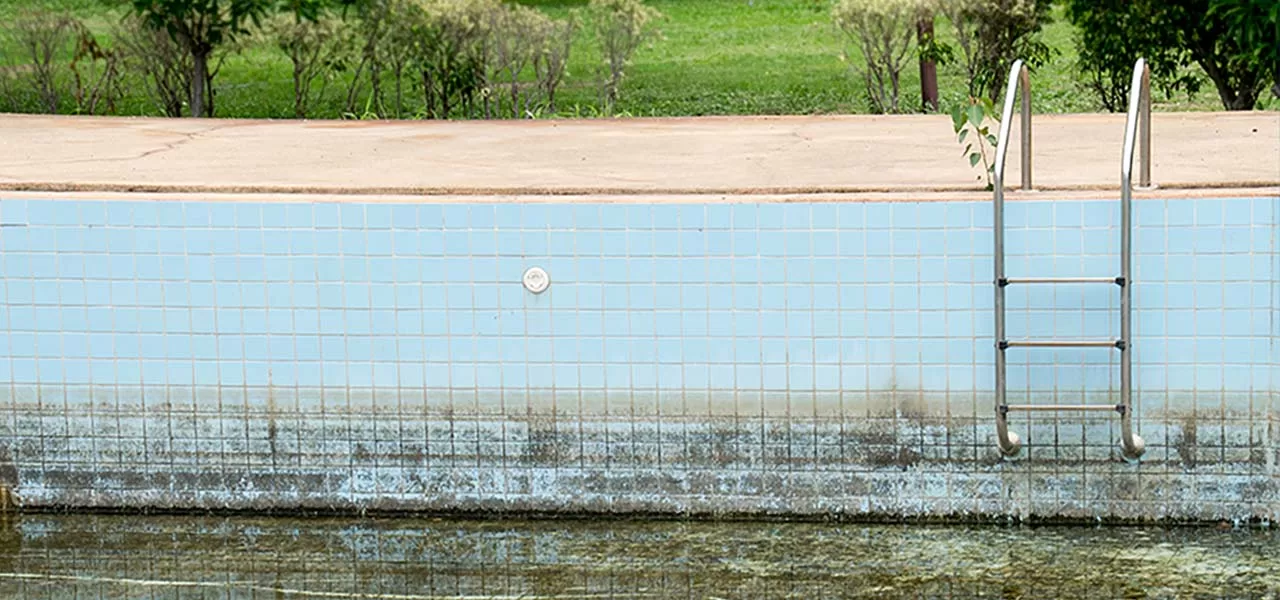
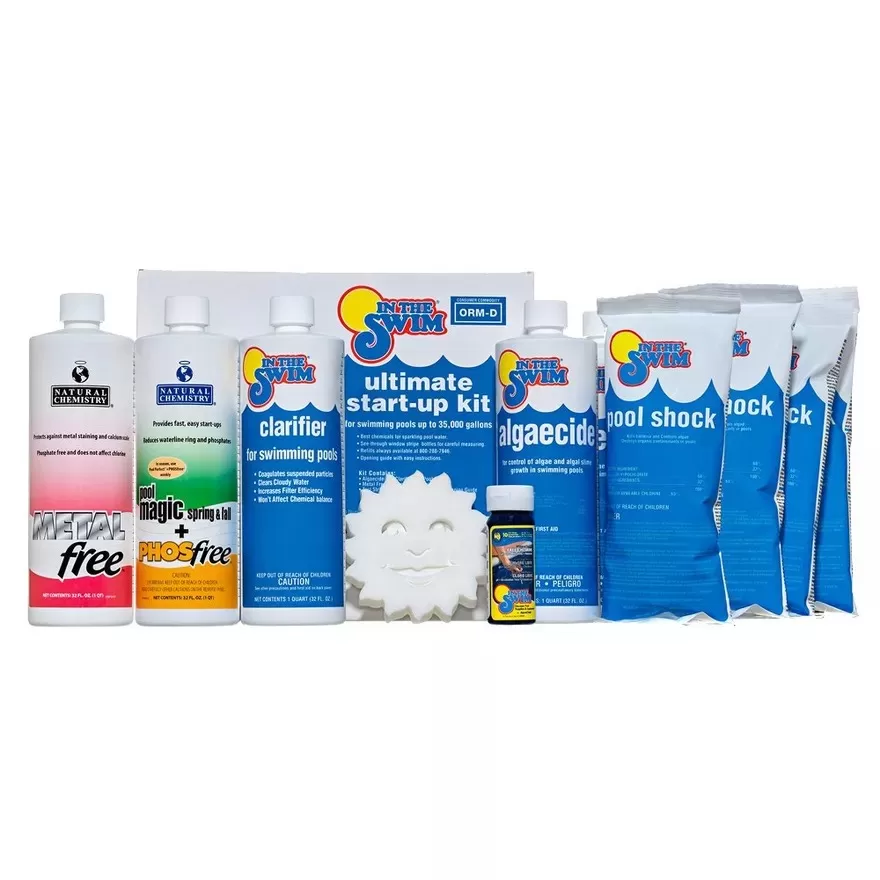
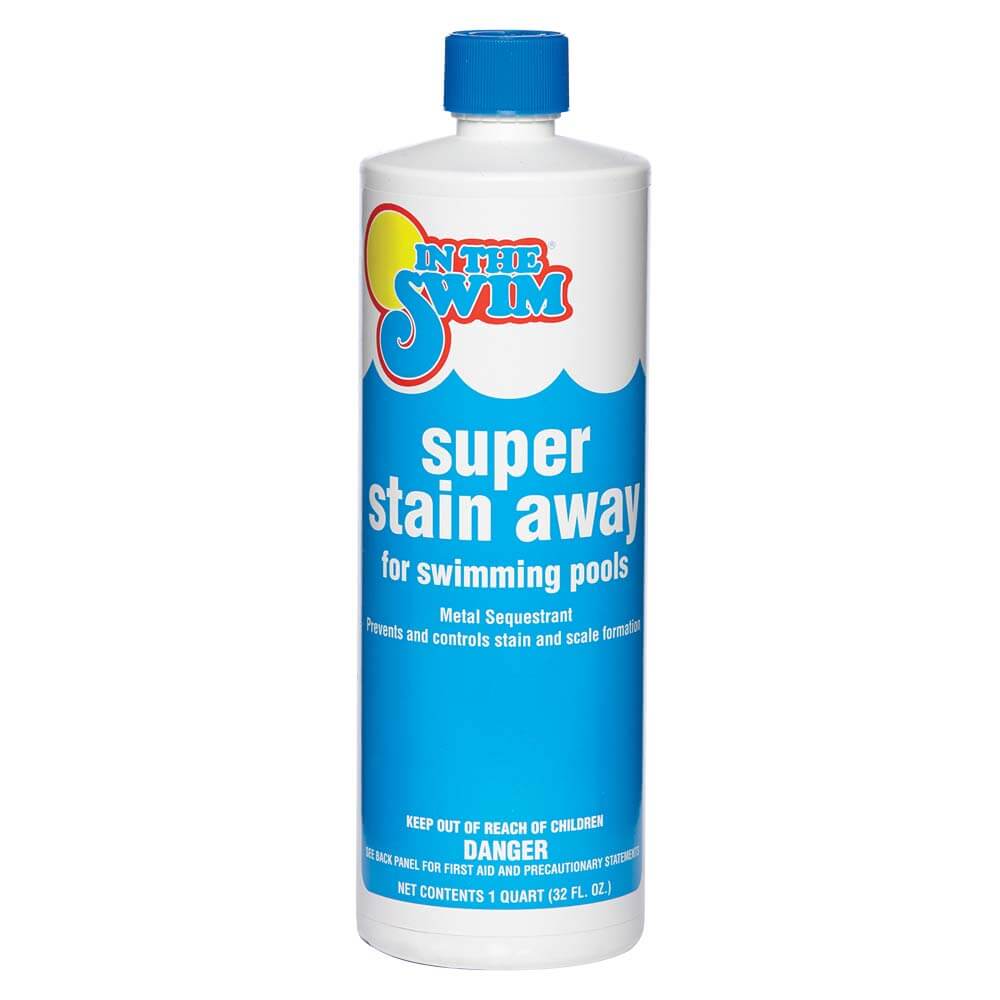

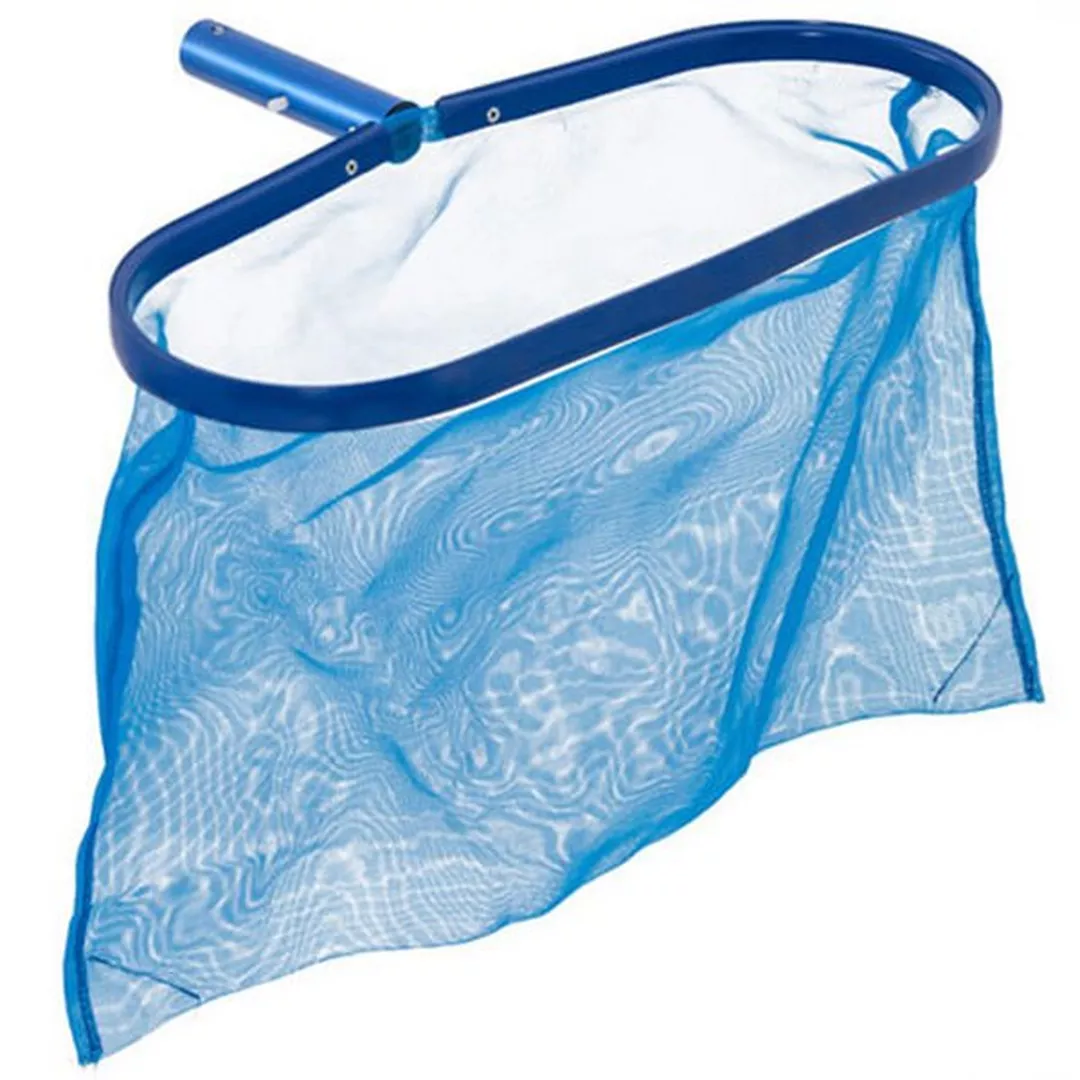

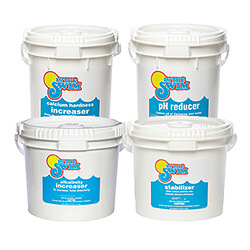
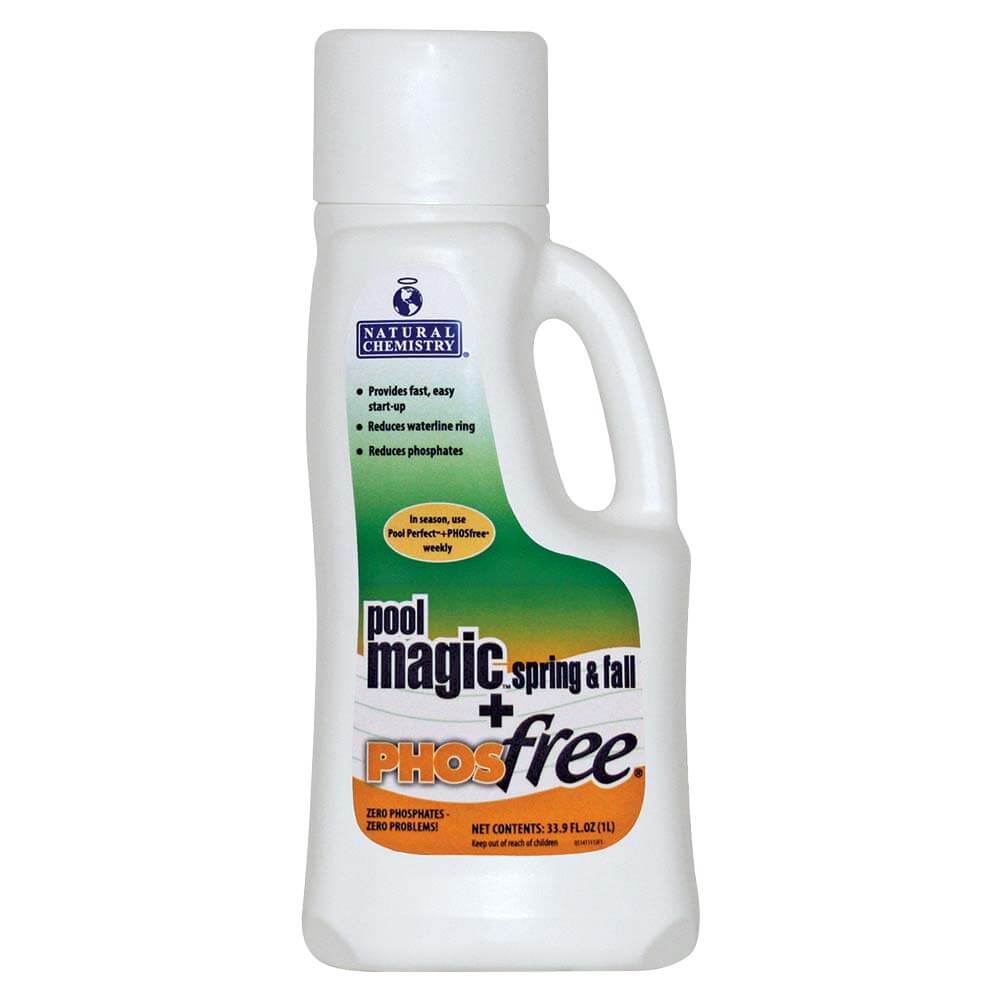
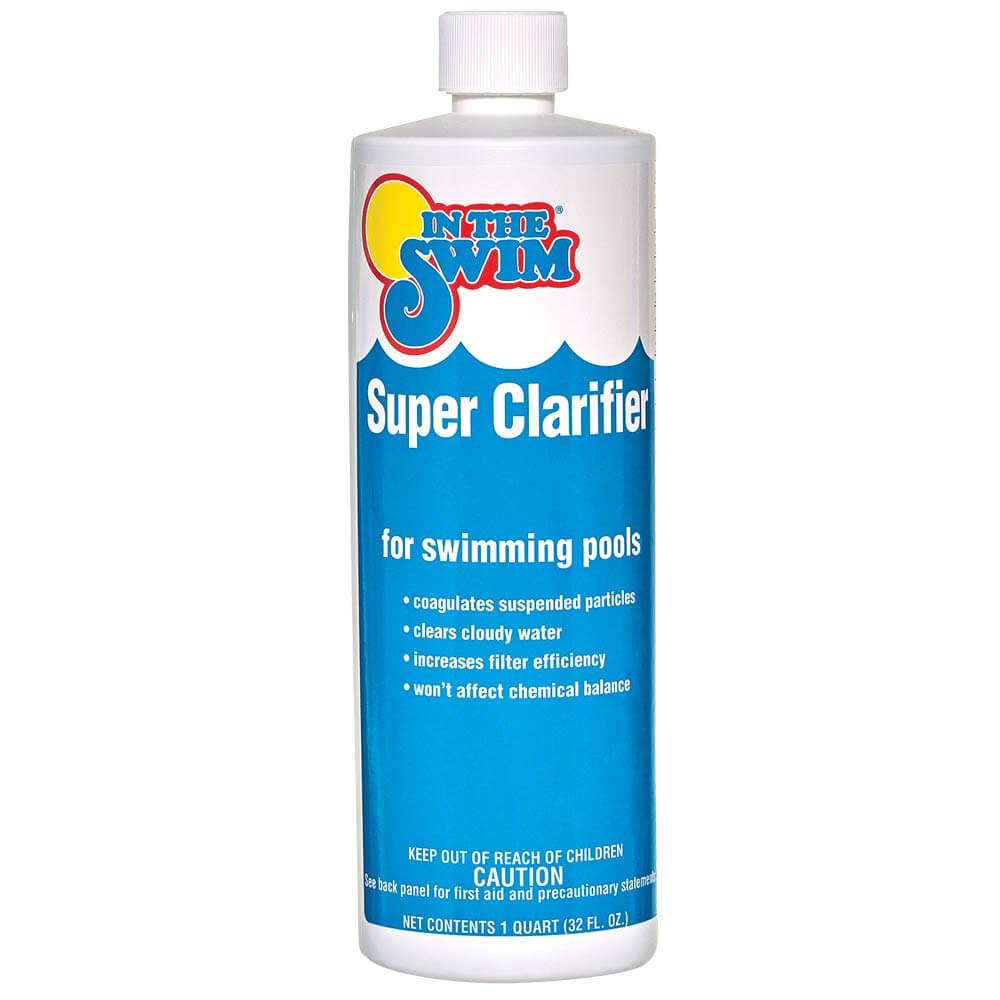
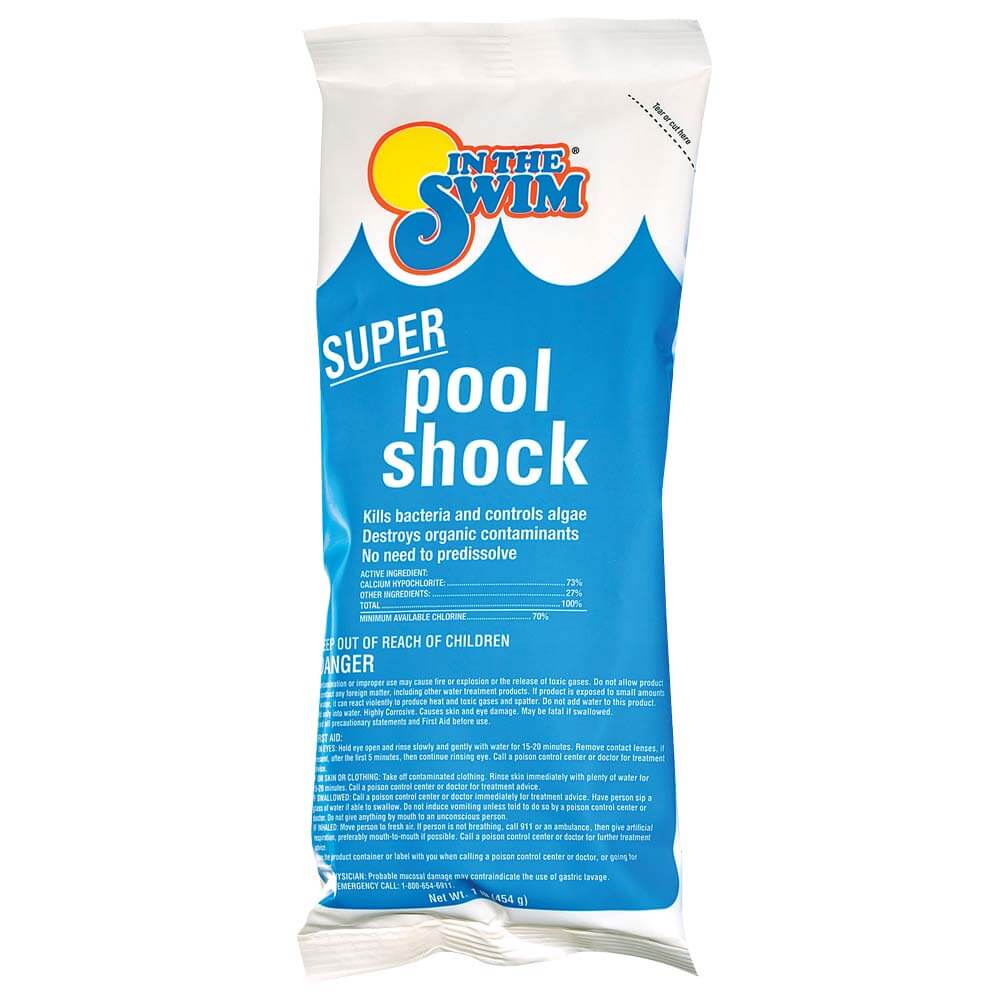
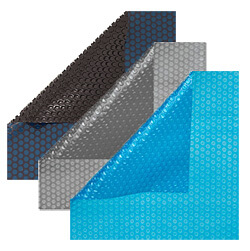
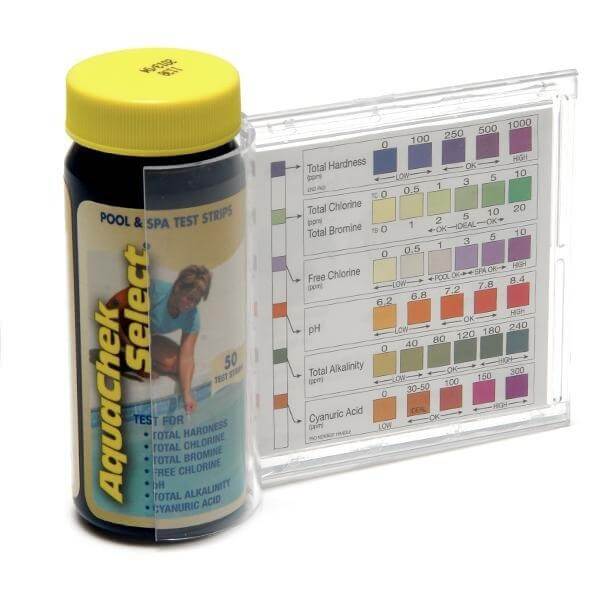
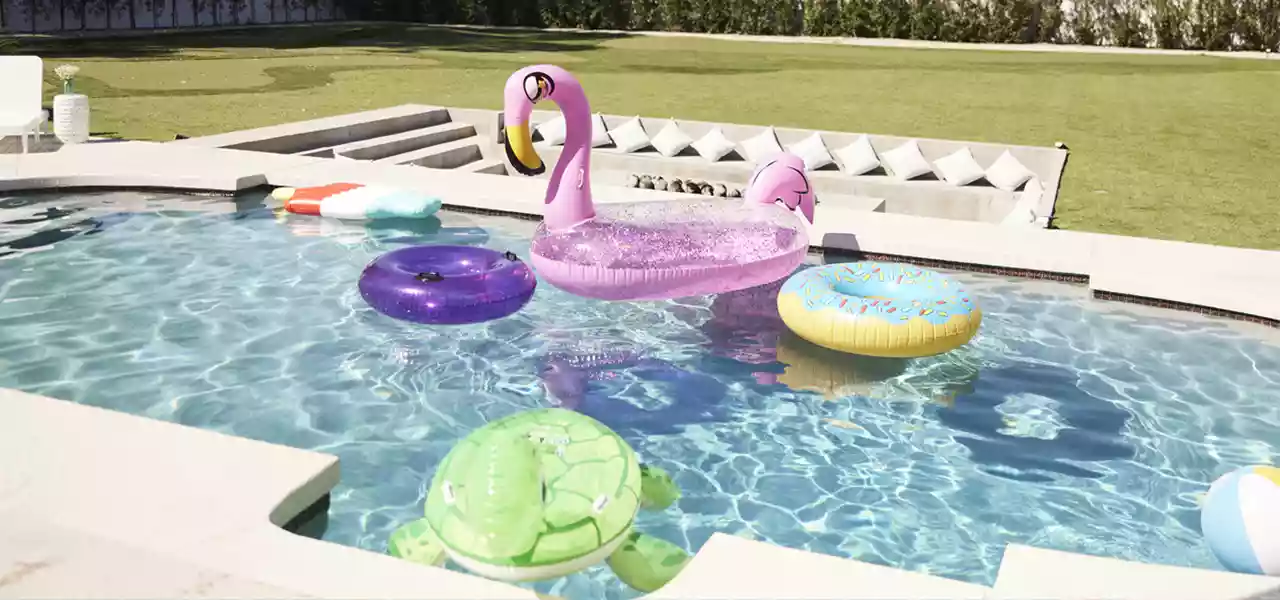

Hi there, very helpful article! I have an above ground pool that has been neglected for 3-4 years now and would like to know if there is a possibility that I can restore it. It is an above ground pool which had been in service for about 15 years and had needed a new liner the last time it had been running. The pool is not fully drained, but the water has become a swamp with plants growing from the bottom and the liner falling off the sides. Please let me know what your recommendations would be and how much the total cost to repair it might be if you could!!
Hi Laura, you may only need a new liner. So take a look at prices (measure your pool first), at our pool liners. You also need to know if the liner is overlap or beaded. If the walls are very rusty, you may want to add Wall Foam, held in place with spray adhesive. Wall foam goes between the wall and liner. If the floor is rough, which you won’t know until you drain and remove the liner, you can retrowel it, or use Liner Pad on the floor, for a smoother surface and to protect the liner. Inspect the skimmer, wall return. You will likely need new gaskets for the skimmer and wall return. Inspect the pump and filter, and be sure that is good to go.
Through a bank sale, several years ago, we bought a home for ourselves that had an abandoned, half-full 37×19’ in-ground pool (5 to 8.5’ deep)—with a “grout” concrete-like floor and metal sides on top; a destroyed vinyl liner; and no cover. It has several large broken pieces of “concrete” bottom at the beginning of the down slope. Frogs have done a great job of keeping out mosquitoes, since we suffered a large financial loss from a conman remodeling contractor. That kept us from repairing the pool. We actually had the pool measured and a new Findlay liner bought for it (still in its box). Had a recent quote of $1500 to repair the hard grout bottom and to install the new liner. Problem: I’ve pumped out all but two feet of black water and large parts of the torn and cracked bottom liner is buried under a foot of heavy mud. At age 77, I have no physical strength to deal with that part. How does a large-trash pump work for this type of situation (with large pieces of “buried” vinyl), and is that my only alternative? It’s literally a very slippery slope.
Hi Craig, a trash pump would be the best method, along with a laborer in the pool, to keep the suction hose stuck inside the drain, and broom/shovel/hose the muck towards the hose, and remove the pieces of vinyl. Your liner installer may be able to handle this (for an extra fee), or you can rent the pump and hire a few day laborers to clean the bottom, which may only cost less than $200, pump+helpers.
Thanks so much for a quick reply. Found out Home Depot has a trash pump for $78 a day. Should be able to clean out the pool in one day. Also bought some screen to place where the brackish water will eject (to catch the smaller pieces of junk and prevent them from washing into our neighbors yard… we share a common swale in the corner of our lots, by our pool). Our liner installer may have access to some day laborers (or do it himself–for the extra fee). Happy to pay. Thanks, again. CT
Hello,
I’m purchasing a home and the current owner states the inground has been covered and not in service for 3 yrs. Says it needs a liner which costs 5k. All mechanicals are exposed to weather. The cover is in tact but my home inspector was able to peak in and saw it filled with water. Should i be worried about additional issues by having the pool out of order for 3yrs? Should I worry about costly repairs? Seller states the pool is a Fox Fiberglass Shell with a skim coat of concrete over the top.
Hi Al, most likely there are not any major repairs needed. You might try to talk the seller into putting $5K in escrow in the event of specific damage, such as ‘Necessary’ repairs in excess of $5K, such as plumbing damage (unlikely since pool is full of water), or refinishing costs in excess of $5K. The pool filter and wiring is probably OK, however the filter pump may have a build up of rust, and cost a few hundred to replace the motor, or $500 to replace the pump. I am confused about the pool surface, you say that it needs a [vinyl] liner, but then say it’s a fiberglass coated with concrete? No matter which, likely one or the other, but it might help you to better ascertain repair costs.
We’re looking into buying a house with a pool. It was kept up well until the house was foreclosed on. The new owners covered it and never opened it up. It’s been covered for 2 years. There is a corner of the cover that has broken loose and from what we can see there, the pool is full of incredibly dark water and tadpoles and frogs. The liner doesn’t look to be in terrible shape and the pump has been in winter mode since the pool was covered, so you have an idea on what we’re gonna get once we uncover it completely? (Odds I guess of not having to do a complete pool overhaul?)
Hi Laura, the pool will need to be drained and cleaned (obviously), but when draining a liner pool completely, sometimes it does not want to ‘set’ again properly, it may have wrinkles or develop tears in the vinyl – or sometimes it goes back perfectly. Assuming the filter and pump and plumbing are in good shape, you may be back in business for under $1000, if lucky, but the pool liner will be stained and not too pretty. If you are given bad news about anything, get a second opinion, and/or run it by me here. IF the liner needs to be replaced, that could cost $3-5K, depending on size and type of liner. Sounds like you will need a new winter cover as well, which could cost $1K +/-, for a safety cover replacement.
My pool liner ripped during a time we were experiencing health and financial issues. It has been empty but covered for four years. Is it too late to try to restore it? Are there parts we could do or check ourselves to lessen cost? What do we need to look for?
Hi Janet, yes it can be rebuilt – we have the technology! First get the cover off and rent a Trash Pump for a day with enough discharge hose. It will be very nutritious water, so no worries there, but it will smell, and dry ugly. As you pump it down, hose it down, then scrub the walls as you hose, and get down to the very bottom drain, remove the covers and suck out the water and muck. Return the pump, call it a day. The next day you can cut the liner off of the walls to inspect the walls, cut open the floor liner in a few spots to inspect the floors, inspect the light, the steps, the skimmers, returns, the drain, look at everything closely. The liner will likely be shot, but maybe that’s all. And today is the day to measure for a replacement custom inground liner that you can install yourself. You also need new gaskets and faceplates for skimmer, drain, returns and underwater light. You can replace your own inground liner complete for under $1500 usually. Of course we have many blog posts about installing inground liners: https://blog.intheswim.com/category/poolliners/ingroundvinylliners/
Hi, my pool has a vinyl liner and had a broken pump for YEARS and the pump has just now been fixed. The water is pretty close to blue but the liner is gritty and rough with a few tears in it. I can’t afford to re-line the pool. How can I get the liner back to smooth and slick?
Hi Lawrence, the grit is likely calcium deposits. Two ways to attack it, one is to lower the pH level very low with pH decreaser, to around 6.0, and then brush the pool vigorously. Second way is to use a sequestering agent, which locks minerals and metals in solution, and can sometimes dissolve scale off the walls, esp. for vinyl. These are chemicals such as our Stain Away, or Metal Free, or Scale Free, or Jack’s Magic Blue Stuff for Vinyl Liners, etc. You may try the seq. agent first, and if needed, then later do the slightly acidic water method. Third way is to use a Stain Eraser for vinyl pools, and rub them off the wall.
Hi, thanks for this article, it’s very helpful! I’m following the procedures for not draining. I have a de cartridge style filter which I am having to backwash frequently during those process. Do I have to put the full amount of de after every backwash?
Thanks
Hi Robert, backwashing does not remove all of the DE powder, so no you do not need a FULL charge of DE after backwashing, but probably about 60-70%. For a clean filter, just hosed off, manuf’s say to use 1 lb of DE (32 oz dry measure) powder per 5 sf of filter surface area, and I say, after backwashing, use 1 lb per 10 sf of filter surface area, or something like that. Specific conditions and specific filters may require more or less, so use your experience as a guide.